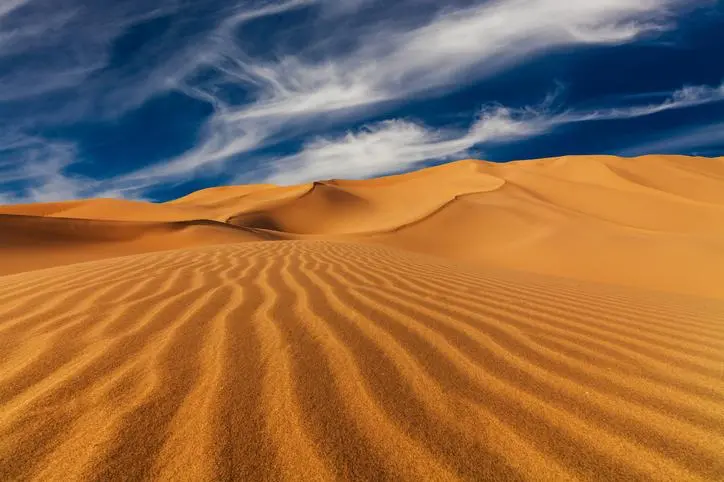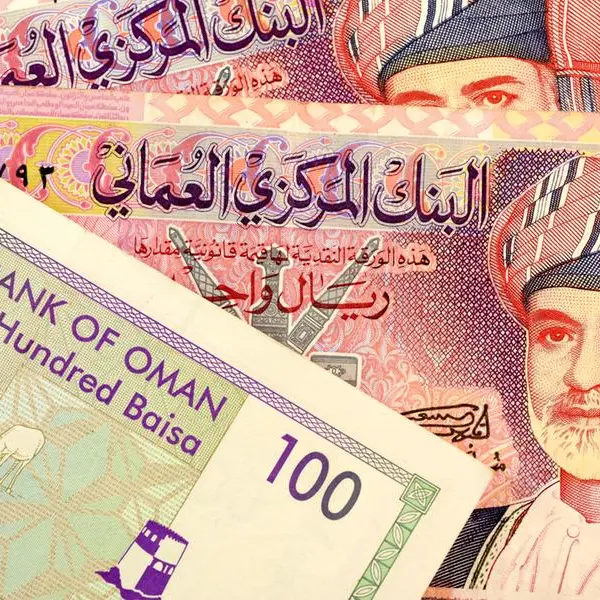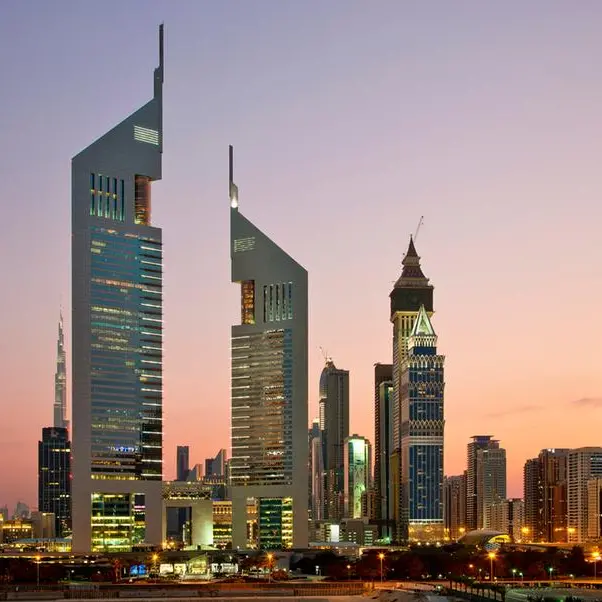PHOTO
Now, 80 years after the seemingly barren sands gave up the black gold that would transform the fortunes of all the Gulf states, the deserts may hold the key to the next economic miracle poised to transform the region.
However, unlike the vast oilfields that lay unseen deep beneath the sand in eastern Saudi Arabia until 1938, this bounty has been hiding in plain sight all along: the desert sand itself.
As impossible as it might seem, the world is running out of sand — not desert sand, but the stuff found on beaches and riverbeds and under the sea. Grains of rock or shell eroded over time by the movement of water are perfectly shaped for bonding together to make strong concrete. Smooth, wind-sculpted sand is useless for this purpose.
As the author Vince Beiser explains in his book, The World in a Grain, sand “is to cities what flour is to bread, what cells are to our bodies: the invisible but fundamental ingredient that makes up the bulk of the built environment in which most of us live,” and this unsustainable resource has never been more in demand.













